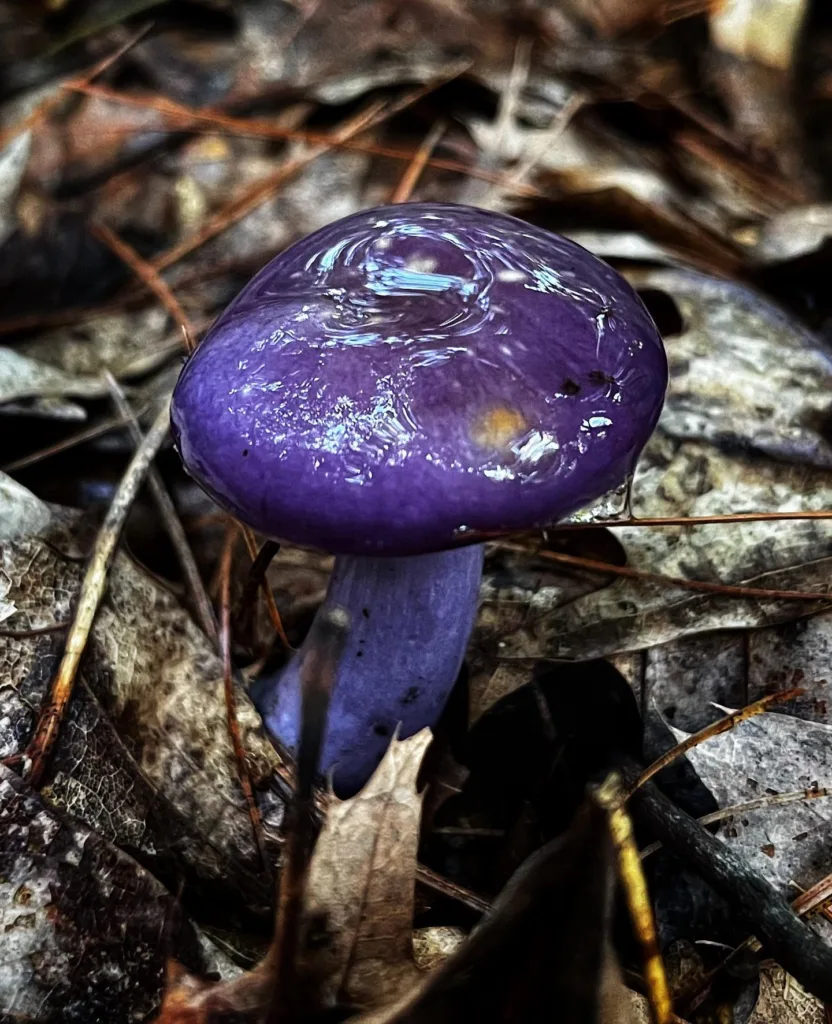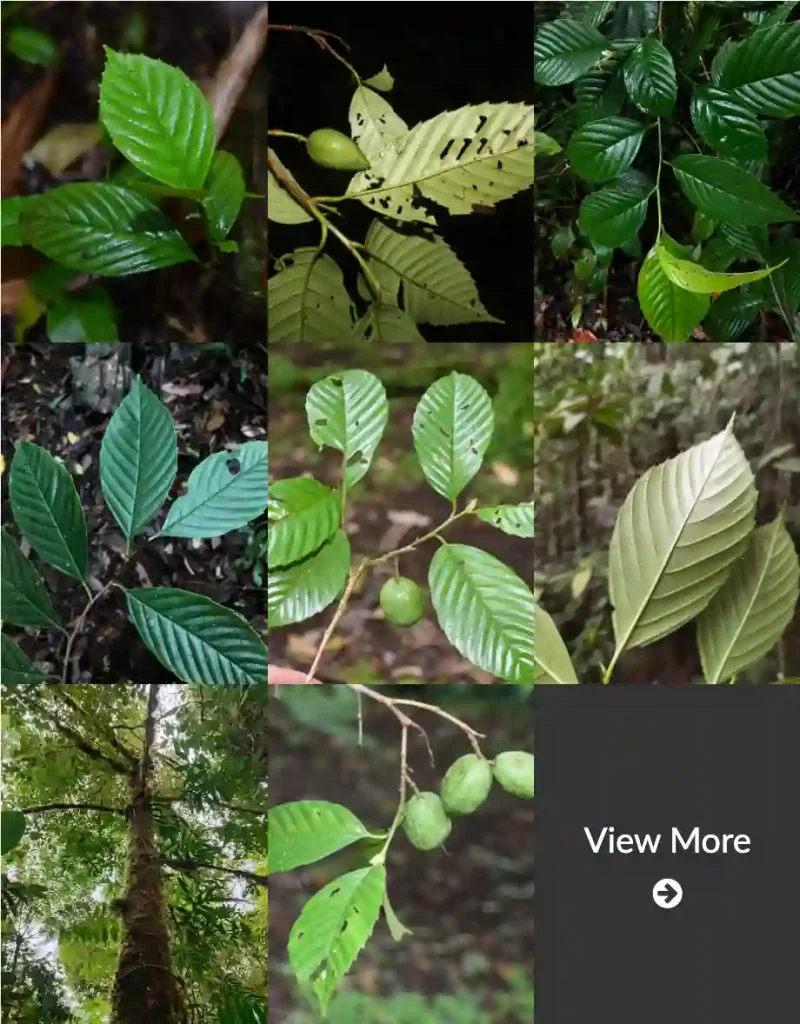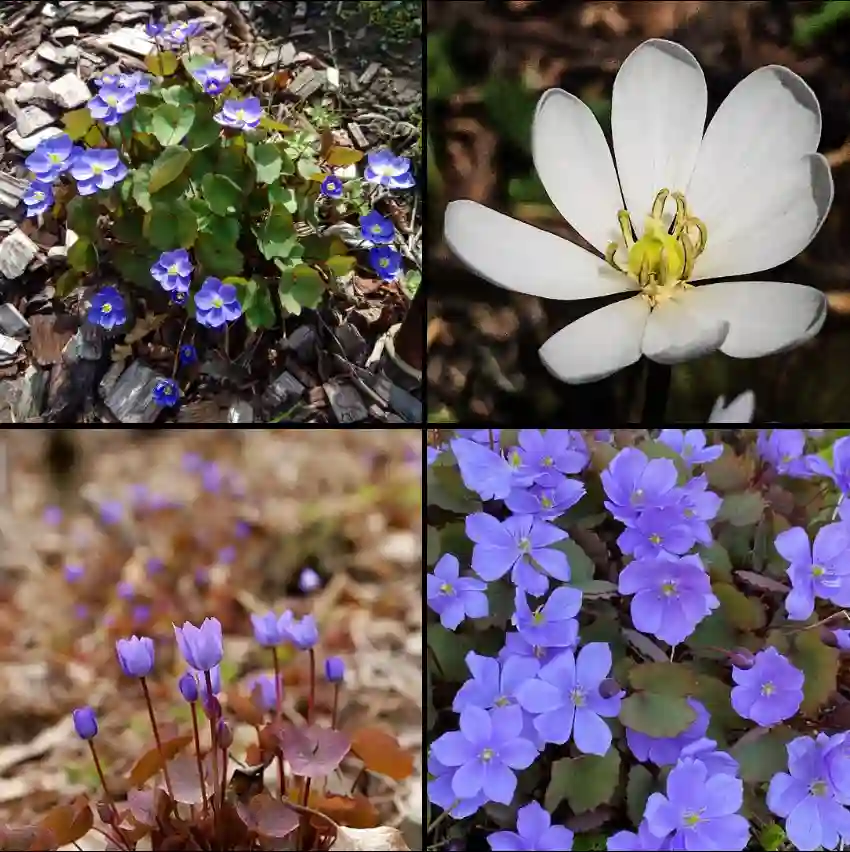FAQs About Rudbeckia Goldblitz
When I first stumbled upon Rudbeckia Goldblitz, I was immediately struck by its vibrant, sunny blooms. This perennial plant, often called Black-eyed Susan, adds a splash of golden-yellow to any garden. I’ve compiled some of the most frequently asked questions about this dazzling flower to help you get the most out of your Rudbeckia Goldblitz.
31 Species in Genus Rudbeckia
What Is Rudbeckia Goldblitz?
Rudbeckia Goldblitz is a hybrid variety of Rudbeckia, known for its eye-catching, bright yellow flowers with dark brown centers. It’s part of the Asteraceae family, commonly referred to as the daisy or sunflower family. Goldblitz is prized for its long-lasting blooms and robust nature. The plant typically grows to about 18 to 24 inches in height and has a similar spread. It’s a great choice for adding vibrant color to borders, flower beds, and even containers.
How to Care for Rudbeckia Goldblitz?
Caring for Rudbeckia Goldblitz is relatively straightforward. Here’s what I’ve learned from my experience:
- Sunlight: This plant thrives in full sun. Ideally, it should receive at least six hours of direct sunlight each day. In shadier conditions, the plant may not bloom as profusely.
- Soil: Rudbeckia Goldblitz prefers well-draining soil. It’s adaptable to various soil types but performs best in soil that is rich in organic matter. If your soil is heavy clay or very sandy, consider amending it with compost to improve drainage and fertility.
- Watering: While the plant is drought-tolerant once established, regular watering will help keep it lush and vibrant. Water the plant deeply but infrequently, allowing the soil to dry out between waterings. Overwatering can lead to root rot, so be cautious.
- Fertilizing: I find that a balanced, all-purpose fertilizer applied in early spring helps promote healthy growth and abundant flowering. Avoid excessive fertilization, which can lead to more foliage but fewer blooms.
- Pruning: Deadheading spent flowers regularly encourages more blooms and prevents the plant from going to seed prematurely. Cut back the stems after the blooming period to maintain a tidy appearance and encourage a second flush of flowers.
How to Propagate Rudbeckia Goldblitz?
Propagating Rudbeckia Goldblitz can be done through seeds or division:
- Seeds: Start seeds indoors 6-8 weeks before the last frost date. Sow the seeds on the surface of a seed-starting mix and lightly press them in. Keep the soil moist and provide a light source. Transplant seedlings outdoors after the danger of frost has passed.
- Division: In early spring or fall, you can divide mature plants to propagate them. Carefully dig up the plant and separate the root ball into smaller sections, ensuring each section has roots and shoots. Replant the divisions immediately.
What to Plant with Rudbeckia Goldblitz?
Rudbeckia Goldblitz pairs beautifully with various plants. Some great companions include:
- Echinacea: The purple coneflowers complement the yellow blooms of Rudbeckia Goldblitz with their contrasting colors.
- Salvia: Their spiky blooms provide a nice vertical element and color contrast.
- Grasses: Ornamental grasses like Fountain Grass or Blue Fescue can add texture and frame the vibrant Rudbeckia.
- Asters: Their late-season blooms extend the color interest in your garden.
How to Use Rudbeckia Goldblitz in Your Garden?
I use Rudbeckia Goldblitz in several ways to maximize its impact:
- Borders and Edges: Planting Goldblitz along garden borders adds a cheerful, continuous line of color.
- Mixed Beds: Combining it with other perennials creates a dynamic and colorful display.
- Cut Flowers: The long-lasting blooms are excellent for cut flower arrangements. They brighten up indoor spaces and last for several days in a vase.
Is Rudbeckia Goldblitz Toxic?
One of the reasons I appreciate Rudbeckia Goldblitz is that it is non-toxic to humans and pets. This makes it a safe choice for family gardens where children or pets might come into contact with the plants.
Common Problems with Rudbeckia Goldblitz
While generally hardy, Rudbeckia Goldblitz can face a few issues:
- Powdery Mildew: This fungal disease can appear as white, powdery spots on leaves. Ensure good air circulation and avoid overhead watering to minimize this risk.
- Japanese Beetles: These pests can chew on the leaves and flowers. Hand-picking or using organic insecticides can help manage them.
Rudbeckia Goldblitz has become a staple in my garden due to its vibrant color, ease of care, and adaptability. Whether you’re adding it to your garden for the first time or looking to expand your collection, I hope these FAQs help you enjoy this wonderful plant as much as I do.
If i die, water my plants!



